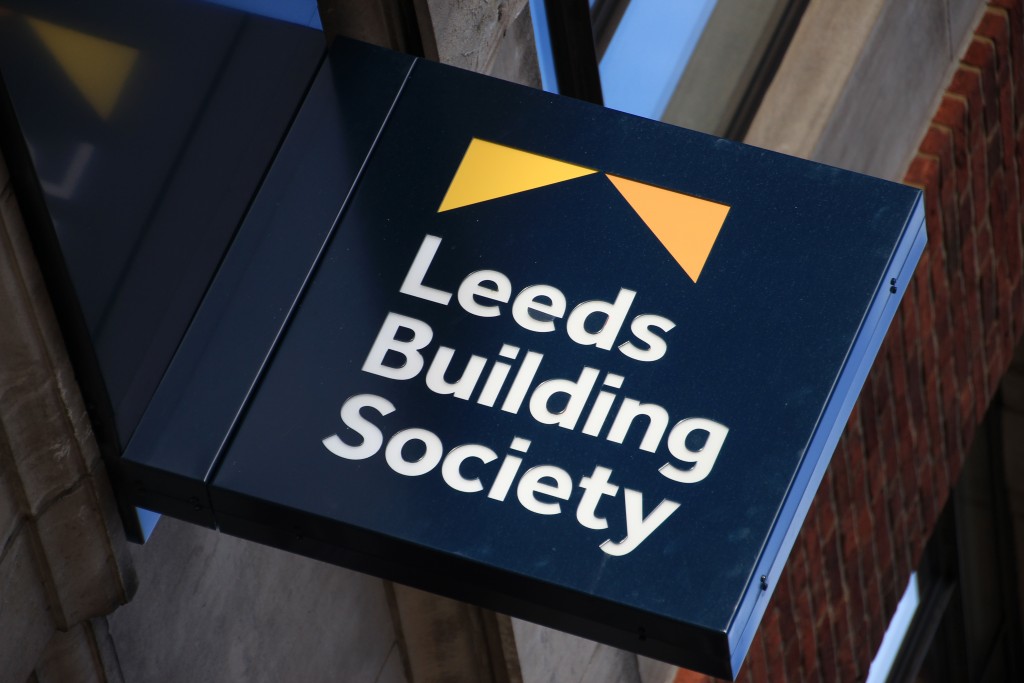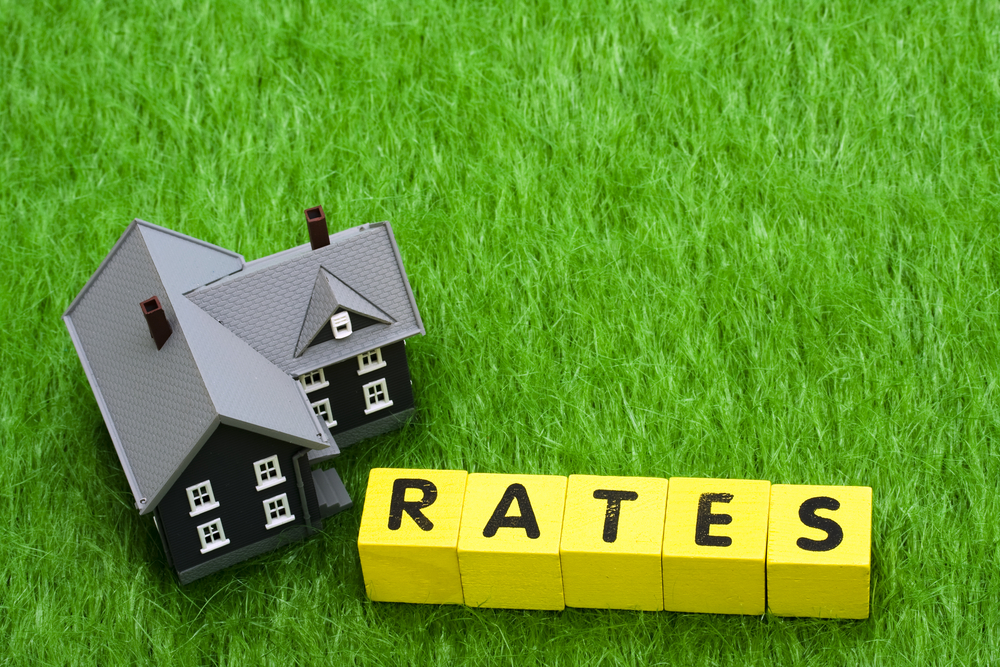
In response to the Covid-19 pandemic, HM Land Registry has called for more joined-up digital services, stating: “Achieving a long-term, sustainable and secure means of signing property transactions would be a significant component of a wholly digital conveyancing process.”
To help conveyancers with difficulties of gaining wet signatures while people are socially distancing, on 9 July 2020, HM Land Registry issued draft guidance on the use of electronic signatures for property transactions.
It explained: “Up until now, HM Land Registry has not accepted for registration a transfer deed or other form of dispositionary deed that has been electronically signed. However, we are now satisfied that we can properly do so.”
This is a major step forward for conveyancers.
What’s coming next?
HM Land Registry stipulates that all parties must agree to using electronic signatures and a conveyancer must be responsible for setting up and controlling the signing process through a digital platform which has had a final agreed copy of the deed uploaded to it and which has been populated with the names, email addresses and mobile phone numbers of the signatories and witnesses.
The conveyancer must also highlight within the deed which fields the signatories and witnesses must sign and in which order, so that the witness only signs after witnessing the signatory signing the deed.
To ensure security, the electronic signature platform emails the signatory and witness when the deed is ready to be signed and also texts a one-time password to their mobile phones.
The date and time of the signatures is automatically captured by the electronic signature platform to prove that the witness signed directly after witnessing the signatory signing the deed.
Once this signing process has been completed successfully, the conveyancer dates the deed within the electronic signature platform to effect its completion.
HM Land Registry has also promised more guidance in the coming weeks on the use of “Qualified Electronic Signatures”, which may supersede electronic signatures.
What’s in a name?
The language around signatures can be a little confusing, but they do have different legal status. An “electronic signature” does what it says on the tin: it replaces a wet ink signature with a signature in electronic format, which could be a signature written in ink that is scanned and placed in the relevant part of a deed indicated by the conveyancer. Alternatively, it could be a signature written onto the touch screen of a tablet or mobile phone, or a simple electronic tick in a box.
Digital Signatures
A “digital signature” is a much more secure method of gaining written proof of agreement from a signatory or witness because it is backed by a process that has previously confirmed the identity of the signatories.
Digital signatures are applied with a digital certificate that is only issued after verification of the signatory’s identity by a third party Certificate Authority.
This makes the signature inordinately difficult to forge. An electronic signature provides the visual comfort factor that the document has been duly signed, but it is the digital signature that proves the integrity and authenticity of the signatory’s mark.
The signed document is also encrypted so that it cannot be altered after it is signed. Digital signatures have been legally accepted since the Land Registration Act of 2002.
For the past decade we have been offering electronic signature and digital signature technology that uses meta data such as email addresses, phone numbers and mobile geolocation data that links, identifies and verifies signatories and verifies ‘liveness’ of selfies uploaded from mobile devices, so that legal professionals can be assured that their clients are who they say they are.
There are two types of digital signature: “Advanced Electronic Signatures” and “Qualified Electronic Signatures”.
Advanced Electronic Signatures
Under the electronic identification and trust services (eIDAS), Advanced Electronic Signatures must be capable of identifying the signatory; uniquely linked to the signatory; linked to the deed in such a way that any subsequent changes can be detected.
What’s more, the signature must be made using an electronic signature creation service that the signatory makes under his or her sole control.
Qualified Electronic Signatures
These are so called because they are generated using the electronic signature platforms of service providers that meet the security standards demanded by the Information Commissioners’ Office.
In its blog, HM Land Registry discusses its hopes for a more seamless, digitised conveyancing service that minimises delays while combatting fraud, stating: “We believe Qualified Electronic Signatures are the right long-term component of that digital future.
“They have added security and the digital nature of the resultant document will enable joined-up and automated processing elsewhere in the transaction.
“In the next few weeks we will issue our practice note on how Qualified Electronic Signatures may be used.
“Our hope is that in the near future Qualified Electronic Signatures become more commonplace and the service providers tailor their use to conveyancing.
“If they do develop to be a successful option for completing property transactions, we will review the use of electronic signatures and may withdraw their acceptance, which would leave only the more secure Qualified Electronic Signatures in use.”
Tackling delays while maintaining compliance
A delayed transaction is the most common complaint cited by people involved in property sales and purchases.
However, many delays result from conveyancers acting to protect all parties from fraud. For the majority of people, purchasing property is the largest single investment that they make in their life. The stakes are high.
The Legal Services Act of 2007, the introduction of technology, the management of cyber threats, and the introduction of anti-money laundering and anti-fraud measures have drastically changed the role of conveyancers over the past three decades.
Back in 1984 a self-employed builder could present a bundle of cash to make a down payment on a house. Today, to enable a property sale to be completed, conveyancers must make rigorous identity and monetary checks to ensure that the seller and purchaser are who they say they are and that the property purchase is not being funded using criminal proceeds.
Penalties for non-compliance are severe.
In a recent interview, HM Land Registry asserted: “As keeper of the Land Register, we need to be sure that not only has a document been signed in a way that would give it proper legal effect, but also that the process was secure and the risk of fraud minimised.”
HM Land Registry reported that, prior to lockdown 95% of the 18,000 daily applications to update the register were completed within five days.
The need for social distancing, with thousands of civil servants working from home, has caused inevitable delays to that process.
Property purchasers must provide ID to their mortgage advisor, lender, estate agent and conveyancer.
Having a government-approved method to bring all these checks together in a digital format on a central ledger backed by Qualified Electronic Signatures, digital certificates and encryption, would reduce duplication and save time for all parties.
ICO-qualified service providers are in place and the technology is available to link, identify and verify signatories to reduce risk. All that is required is for conveyancers and their clients to get used to working digitally.
By sanctioning witnessed electronic signatures for everyday property transactions HM Land Registry will make it quicker and easier for people to move home and take us a step closer to a more efficient digitised conveyancing process.
David Kern is CEO and founder of VirtualSignature



